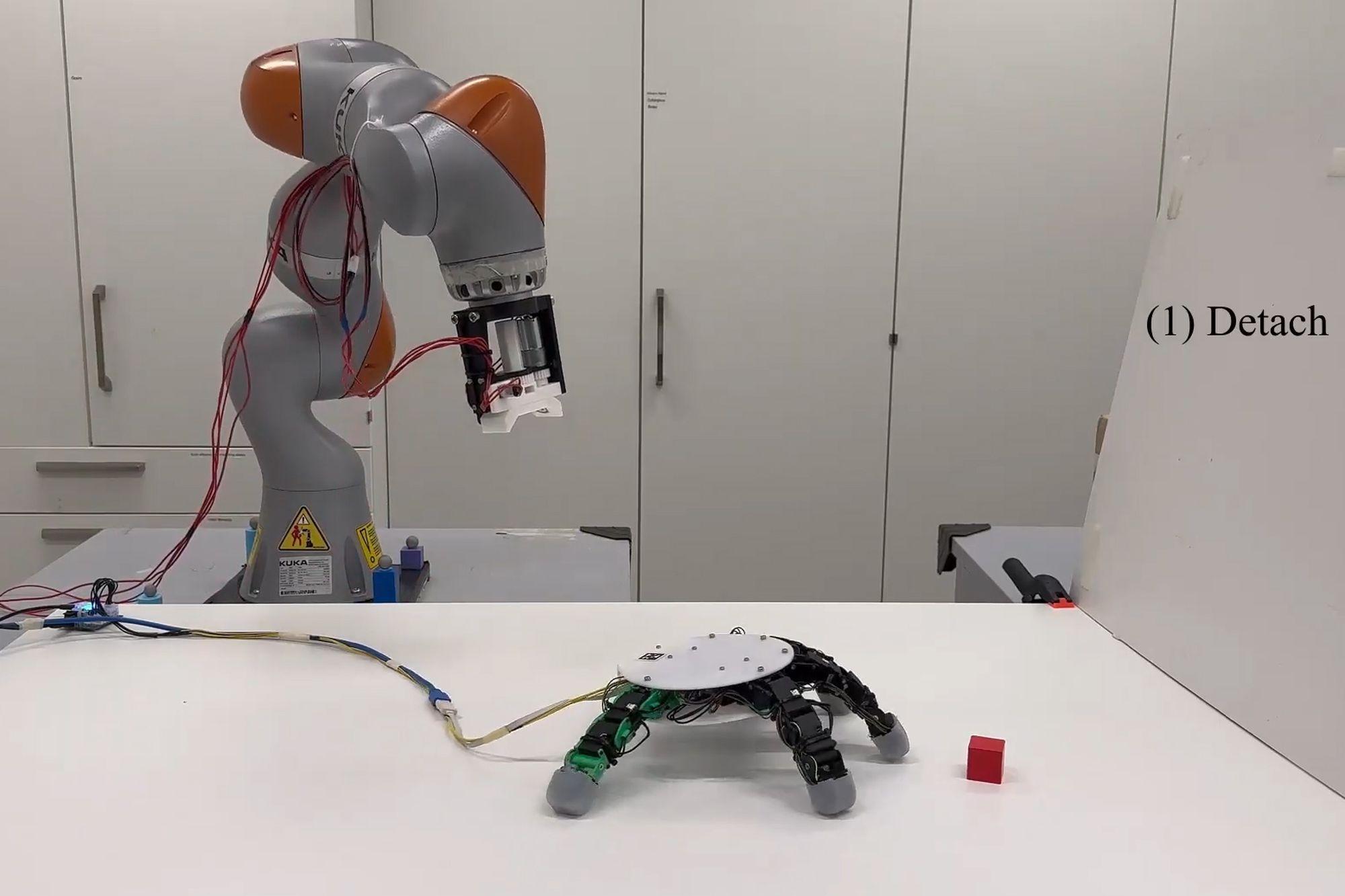NASA’s goal of conquering the Sun

23:41 26/05/2024

4 phút đọc
Our sun is the best-studied star in the universe. However, there is a big mystery that remains unsolved. The Sun’s surface is about 6,000 degrees Celsius, but its outermost layer of atmosphere, called the corona, is incredibly hotter – about 1 million degrees Celsius.

The corona can be seen as a halo surrounding the shadow of the Sun during a total solar eclipse. To solve the mystery of the temperature of the corona, scientists built the Parker probe. This spacecraft flies around the Sun, goes deep into the corona, collecting data showing that small magnetic field activities inside the Sun’s atmosphere make the corona so hot that it is difficult to imagine.
The high temperature of the corona is related to the Sun’s magnetic activity. About 200,000 km below the Sun’s surface is a magnetic field “machine” that governs stellar activity. This activity strengthens and weakens in a cycle of about 11 years. When the Sun is active, activities such as solar storms and sunspots will increase in intensity and frequency.
On the Sun’s surface, magnetic fields concentrate at the boundaries of rolling convection zones, looking like bubbles in a pan of boiling oil. The Sun’s surface is constantly vibrant, causing these magnetic fields to strengthen at the edges of convection zones. The amplified magnetic fields then release plasma jets and small bursts as they interact with the solar plasma.
Normally, the temperature will gradually decrease as you move away from the heat source. But with the Sun, the corona region – the outermost part of the Sun’s atmosphere – has a much higher temperature than the surface.
Scientists have proposed many different hypotheses to explain this. Some argue that heat transfer in the corona is the same as in a liquid, with turbulent flows transferring heat from larger areas to smaller areas. Others think that magnetic waves from the Sun’s surface continuously fluctuate and transfer heat to the atmosphere, or that high temperatures are related to the instability of matter particles.
In 1988, astrophysicist Eugene Parker proposed an interesting hypothesis. He suggested that convective movements on the Sun’s surface could entangle magnetic field lines extending into the corona, storing magnetic energy there. When these magnetic field lines break and reconnect, the energy released heats the corona to high temperatures, causing “nanoflares”.
Parker’s hypothesis is reasonable but lacks data to verify. Previous ways of studying the Sun were not enough to solve this problem.
In 2005, a turning point came. Solar and solar wind scientists gather to share data from telescopes, rockets, the ESA SOHO satellite and other NASA satellites. The goal is to combine research to solve the mystery of the corona’s high temperatures and the process by which it accelerates the solar wind.
Scientists have been studying the Sun for a long time but there are still many unanswered mysteries. Through data from the SOHO spacecraft, we know that the Sun’s electromagnetic field is more variable than expected, and that solar wind particles have strange compositions. This suggests that some magnetic activity in the Sun’s atmosphere (the corona) creates the solar wind and heats the corona, but we don’t yet have a model to explain it precisely.

In 2017, NASA launched the Parker Solar Probe, named after scientist Eugene Parker – who explained this phenomenon in 1988. The Parker spacecraft flew many times around the Sun, taking advantage of Venus to move closer. In April 2021, Parker reached the corona for the first time, becoming the spacecraft closest to the Sun and the fastest man-made object.
Parker’s observations help us better understand the solar corona heating process. The solar wind from a distance looks like a turbulent fluid, but closer to the Sun, it has a structure that reflects the Sun’s surface. The solar wind blows out in streams, matching the size of particles on the surface of the Sun – where the magnetic field is concentrated.
Parker flew through these winds and detected signs of magnetic activity, pointing to the heat source of the corona. This phenomenon is called “switchbacks” – S-shaped structures caused by local reversals of magnetic fields. Scientists believe that “switchbacks” form when closed magnetic field loops collide and connect with open loops. Just as a cork opens and releases pressure in a bottle of champagne, the reconnection of the magnetic loops releases solar energy and matter into space, heating the corona and accelerating particles in the solar wind.
Currently, scientists gradually agree with Eugene Parker’s explanation given in 1988: the high temperature of the corona depends on the small-scale magnetic field. Particles circulating on the Sun’s surface concentrate the magnetic field at the edges, leading to a chain of magnetic field reactions in the atmosphere, creating the supersonic solar wind and the million-degree temperatures we observe.
Later this year, the Parker Solar Probe will continue its record-breaking mission, flying even closer to the Sun to search for answers to the remaining mysteries of the Sun.
Từ khoá:
Bài viết liên quan
Palm Mini 2 Ultra: Máy tính bảng mini cho game thủ
Robot with smart grip
NASA’s goal of conquering the Sun
Apple launches a new feature that makes it easier to use your phone while sitting on vehicle
Google Photos launches smart search feature “Ask for photos”
Roku streams live MLB baseball games for free
Gun detection AI technology company uses Disney to successfully persuade New York
Hackers claim to have collected 49 million Dell customer addresses before the company discovered the breach
Thai food delivery app Line Man Wongnai plans to IPO in Thailand and the US in 2025
Google pioneered the development of the first social networking application for Android
AI outperforms humans in gaming: Altera receives investment from Eric Schmidt
TikTok automatically labels AI content from platforms like DALL·E 3
Dell’s data was hacked, revealing customers’ home address information
Cracking passwords using Brute Force takes more time, but don’t rejoice!
US lawsuit against Apple: What will happen to iPhone and Android?
The UAE will likely help fund OpenAI’s self-produced chips
AI-composed blues music lacks human flair and rhythm
iOS 17: iPhone is safer with anti-theft feature
Samsung launches 2024 OLED TV with the highlight of breakthrough anti-glare technology

REGISTER
TODAY
Sign up to get the inside scoop on today's biggest stories in markets, technology delivered daily.
By clicking “Sign Up”, you accept our Terms of Service and Privacy Policy. You can opt out at any time.































Nhận xét (0)